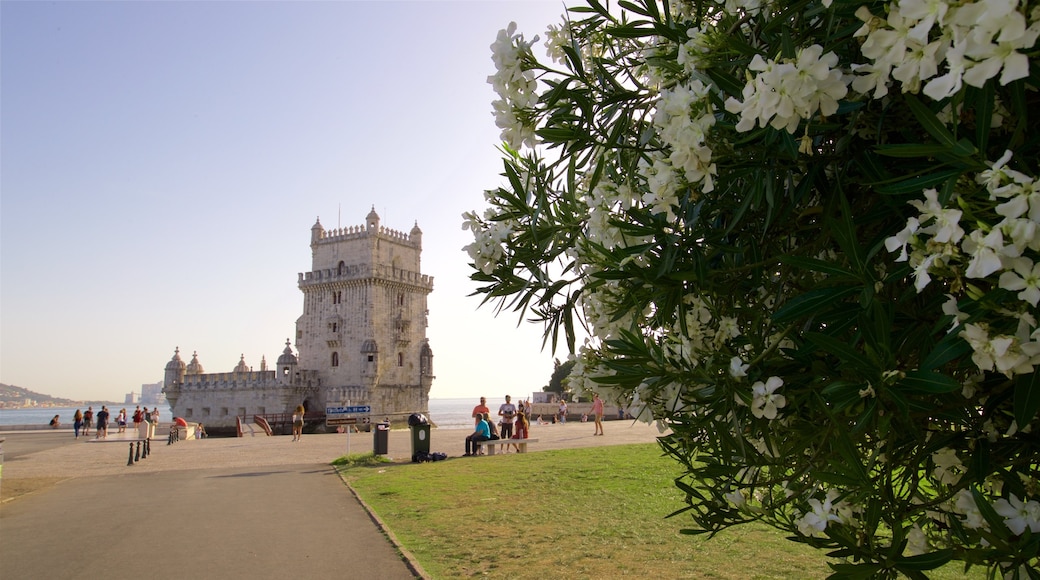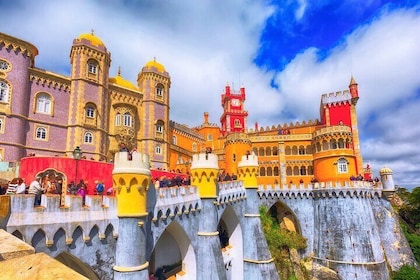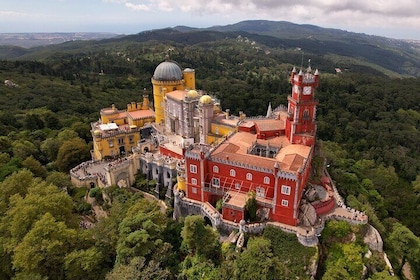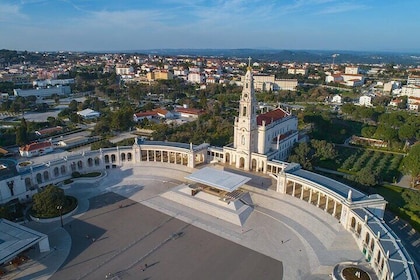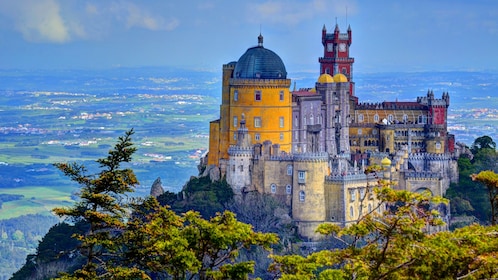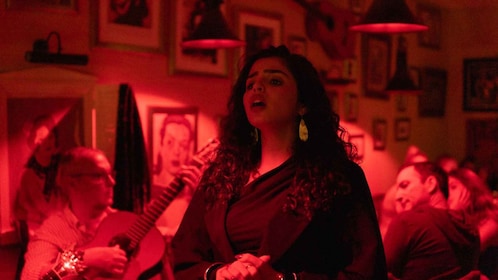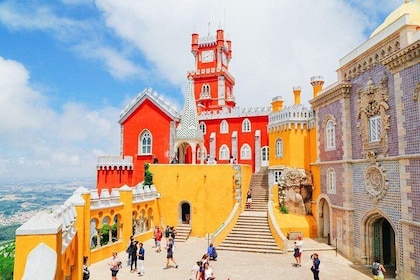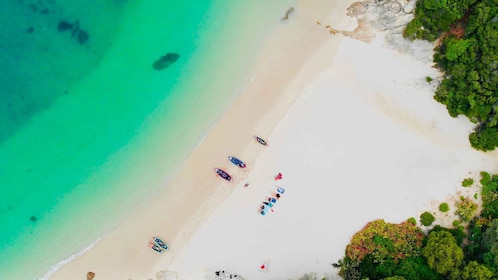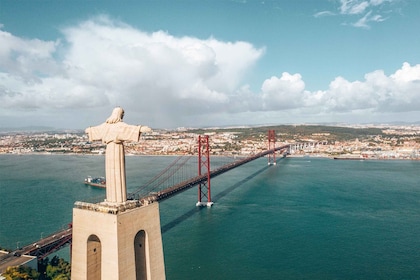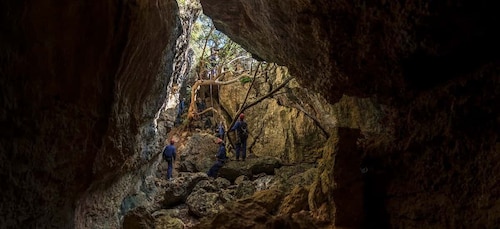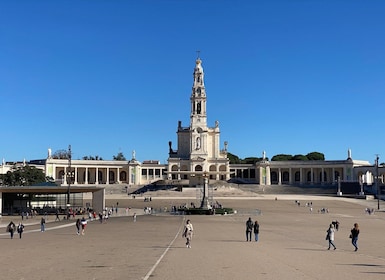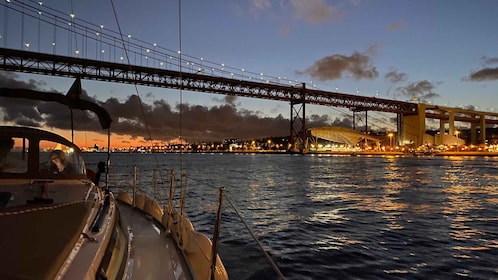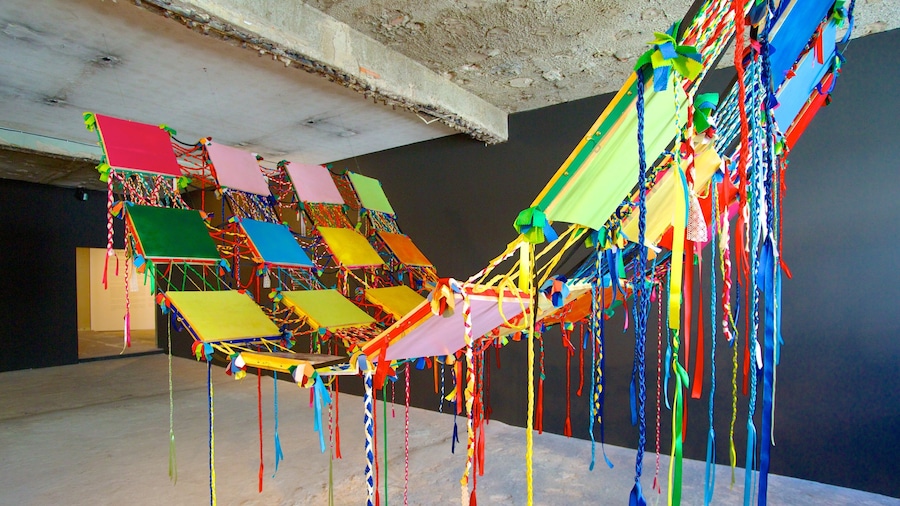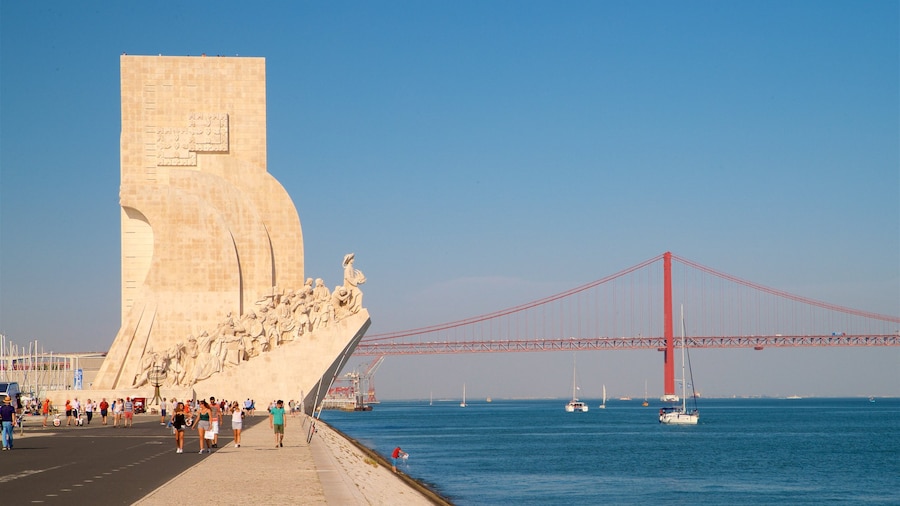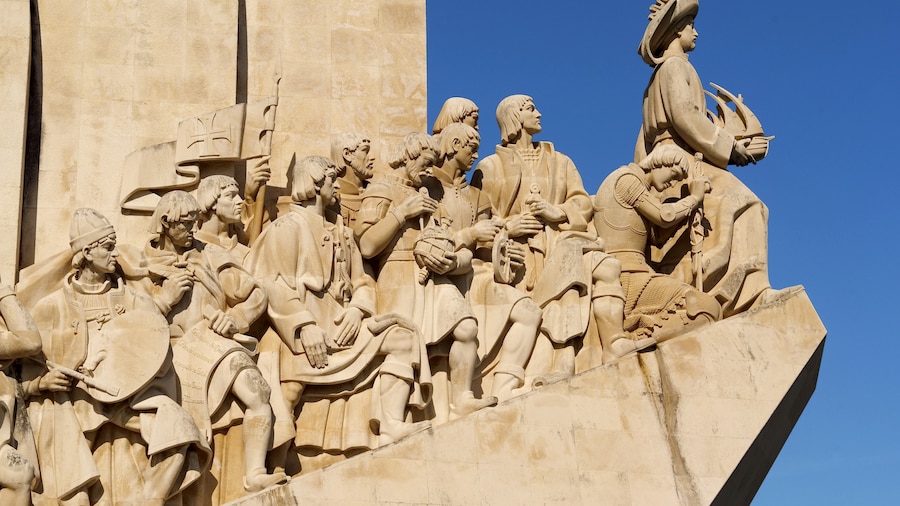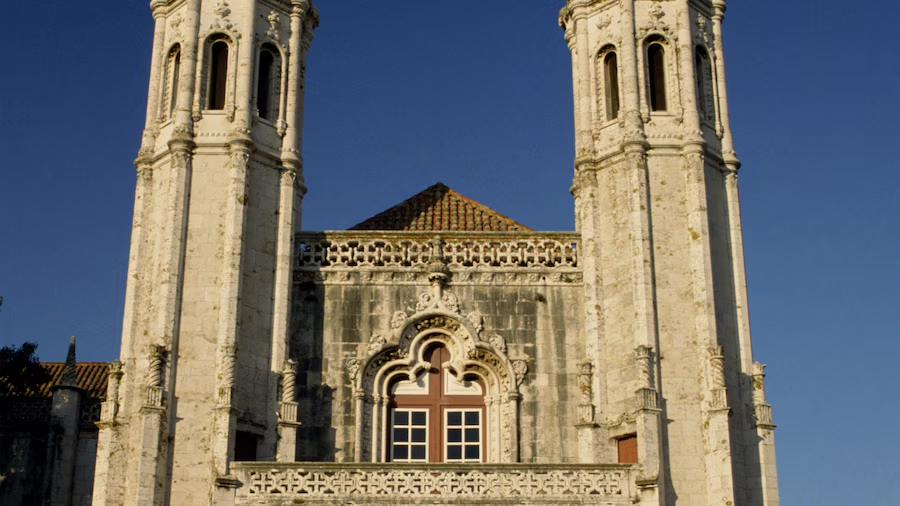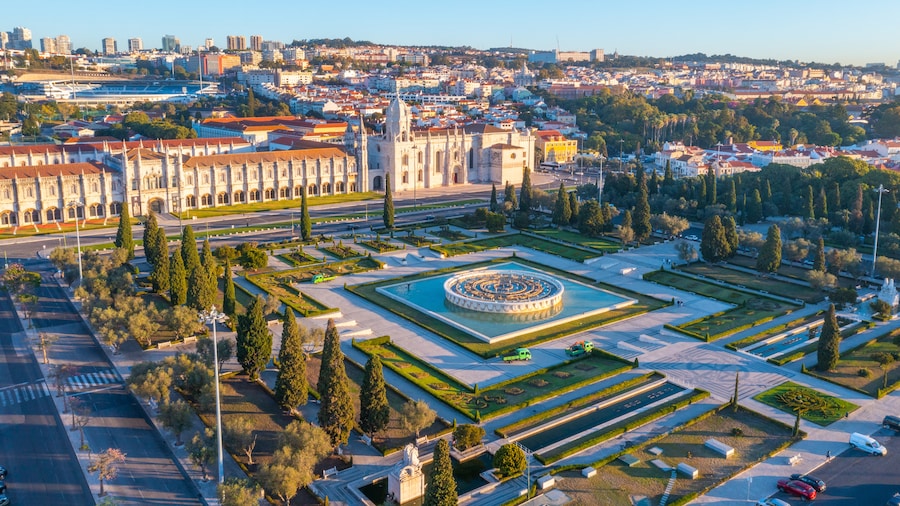Belém Tower is a UNESCO World Heritage Site, located on the northern bank of the Tagus River in the Belém district of Lisbon.
In the early 16th Century, this four-storey tower was built on basaltic rocks found by the Tagus River, in close proximity to the riverbank, with the intention of supplementing the existing fortification defences along the sea approach to Lisbon.
The tower was designed by military architect, Francisco de Arruda, and is made from beige coloured limestone. The building is divided into two parts: the bastion and the four-storey tower.
Belém Tower is considered an iconic example of the nautically inspired Portuguese Manueline style, recognisable in the embellishments, such as crosses of the Order of Christ (a symbol of military power), armillary spheres and twisted rope. From the top you can enjoy beautiful views over the Tagus estuary and the Belém district.
The artwork of the Tower includes images and statues of beasts, including a rhinoceros, which is considered to be the first sculpture of such an animal in Western European art. The influence of Moorish architecture is observable in the arched windows and the ribbed cupolas of the watchtowers.
On the balcony there is an image of the Virgin and Child, called the Virgin of Safe Homecoming, holding a child in her right hand and a bunch of grapes in her left. She is believed to provide protection to sailors.
Belém Tower is located at the western end of the Avenida de Brasília and can be reached by train from Cais do Sodré or tram 15.
Mosteiro dos Jeronimos and the famous cake factory, Pastéis de Belém, are both close to the tower. Don’t miss the opportunity to visit either when you visit Belém Tower.




